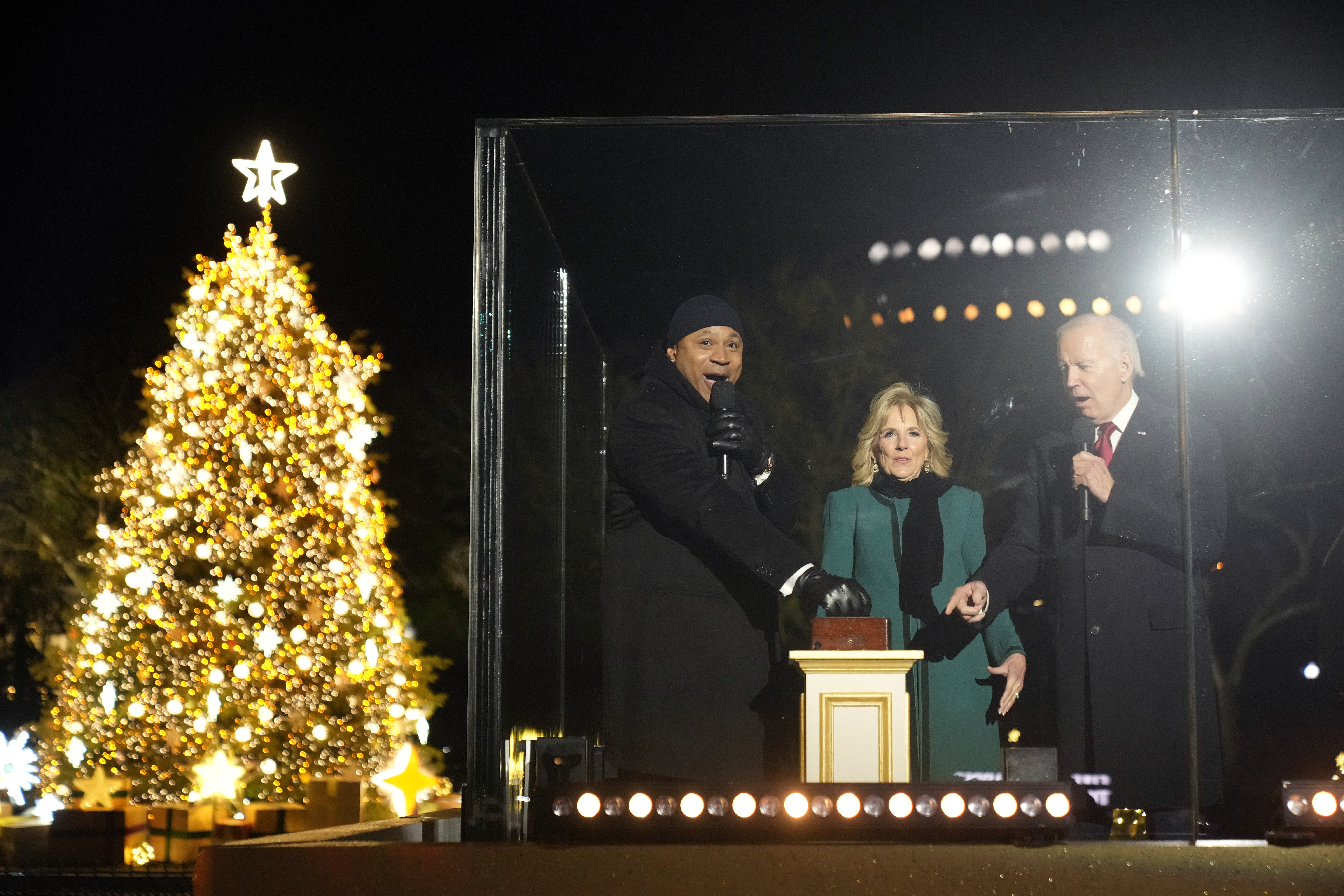Now that it's December, the Christmas season is truly upon us.
While tradition dictates that you should start an Advent Calendar on Dec. 1 and continue with it every day until Dec. 25, modern Advent Calendars can be found with fewer days (like a dozen or less) and others are like gifts that are fun to open all at once.
Children and adults alike will love the traditional Advent Calendars of tiny chocolates and newer novelties like puzzles, jewelry, toy figurines and more.
Here's everything you need to know about the origins of the Advent Calendar and where you can get one:
The Hurricane season is on. Our meteorologists are ready. Sign up for the NBC 6 Weather newsletter to get the latest forecast in your inbox.
What Is Advent?
Advent comes from the Latin word adventus, meaning “arrival” or “coming.” For Protestants, Catholics and other Christian traditions, Advent is a four-week period intended to be a time of preparation for the arrival of Jesus Christ.
Advent begins on Advent Sunday, which is the fourth Sunday before Christmas.
Since Dec. 25 falls on a different day of the week every year, the dates of advent can also shift. This year, Advent began on Sunday, Nov. 27 and ends on Saturday, Dec. 24.
What Is an Advent Calendar and How Does It Work?
For those who are not religious, modern Advent calendars are a treat-filled way of marking off the days leading up to Christmas or Santa's arrival.
They typically start on Dec. 1 and continue up to Dec. 25, though there are alternatives available such as the 12 Days of Christmas countdown calendars.
The most common type of Advent Calendar is one that has paper calendar doors and a little piece of chocolate behind each door.
You should start with the door marked "one" and work your way up to 25.
What Is the History Behind the Tradition?
According to the German company Sellmer Advents-Kallender, the concept of advent calendars dates back to the 19th century, when German families would mark their doors or walls with a tally mark in chalk to count the days until Christmas.
A German printer named Gerhard Lang is credited with the idea of the Advent Calendar itself. He designed cardboard Advent calendars around the turn of the century and later in the 1920s, came up with the idea of cutting out little doors that could be opened each day. Behind each door, one could expect to find a devotional picture or Bible verse.
In the United States, the popularity of the Advent Calendar didn't really take off until 1954, when Newsweek published a photo of President Dwight D. Eisenhower's grandchildren holding one.
And it wasn't until 1958 that the Advent Calendar's little doors began to have a small piece of chocolate, thanks to British chocolatier Cadbury.

Photo by Bettmann Archive/Getty Images
Types of Advent Calendars
- Alcoholic - $95. 12 Beers of Christmas - The box contains twelve hand-selected craft beers and some other Christmas-themed surprises
- Beauty - $180. 12 Days Of Kylie Advent Calendar - 12 of Kylie Cosmetics' best-selling makeup and skincare products
- Chocolate - $10.22. Original Cadbury Dairy Milk Advent Calendar - 25 little Cadbury milk chocolates
- Daily Devotions - $1.29. Advent: A Calendar of Daily Devotions - The ebook by Anna Catherine Guillozet contains daily readings from Sunday, Nov. 28 to Christmas Day
- For Pets - $10. Good 'n' Fun Holiday Dog Treats Advent Calendar - 12 Days of pork, chicken and beef dog chews.
- Games/Puzzles - $23.99. 12 Days of Christmas Advent Calendar Puzzle - The Michael Storrings calendar includes 12 80-piece puzzles.
- Jewelry - $349.30. Earrings Advent Calendar from Macy's - 24 sterling silver earrings, including a mix of hoops, studs, cuffs and crawlers.
- Reusable - $29. Santa Advent Calendar from Pottery Barn Kids - Fill the pockets with your own surprises and treats and you can reuse the calendar year after year for a cherished family tradition
- Toys - $19.99. 5 Surprise Mini Brands Disney Advent Calendar - This limited edition Mini Brands assortment is a Christmas present and advent calendar in one
- Unique - $130. 24 Days of Holiday Enamel Pins - by Big League Pins, two Chicagoans, Kirsten Goede and Angie Garbot.
- Voice Calendar - FREE. Enable the Advent Calendar feature on Amazon Alexa and say, "Alexa, Ask Advent Calendar what my surprise is for today” to hear a Christmas-themed joke every day.



